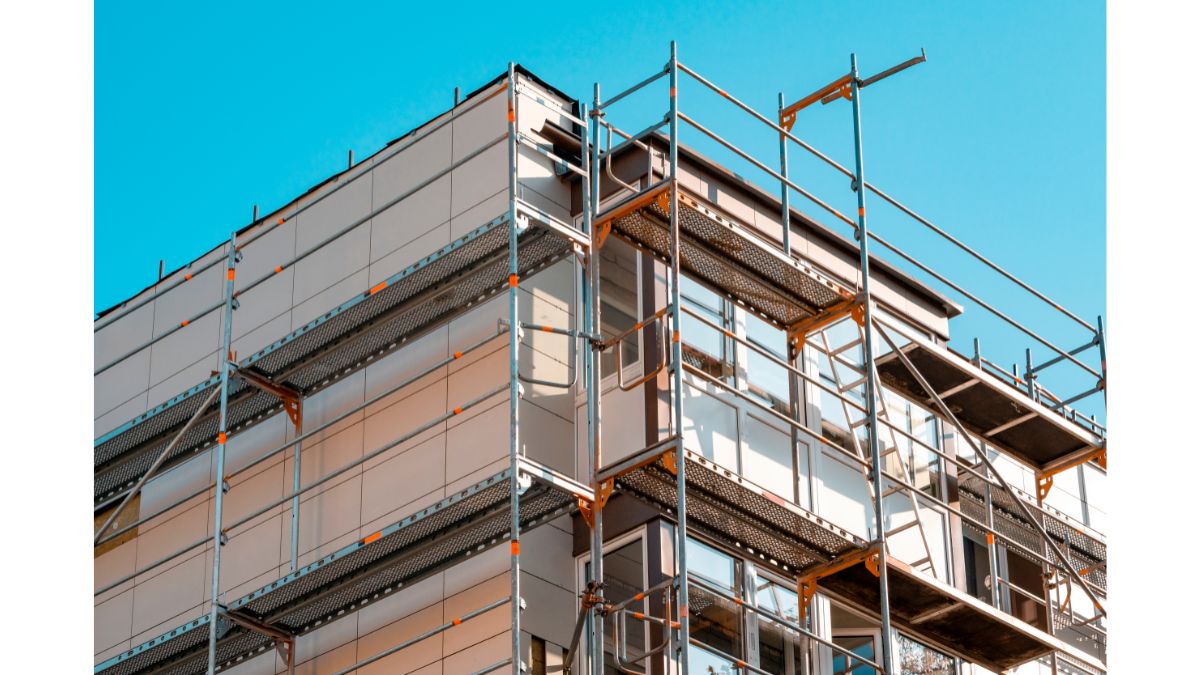United States. Researchers at the University of Maryland (UMD), aiming to combat rising global temperatures, have developed a new "cooling glass" that can reduce indoor temperature without electricity by taking advantage of the cold depths of space.
The new technology, a microporous glass coating, can reduce the temperature of the material underneath by 3.5 degrees Celsius at noon and has the potential to reduce the annual carbon emissions of a mid-rise apartment building by 10%, according to the research team led by university professor Liangbing Hu. of the Department of Materials Science and Engineering.
The coating works in two ways. First, it reflects up to 99% of solar radiation to prevent buildings from absorbing heat. Most intriguingly, it emits heat in the form of long-wave infrared radiation into the icy universe, where the temperature usually hovers around -270 degrees Celsius, or just a few degrees above absolute zero.
In a phenomenon known as "radiative cooling," space effectively acts as a heat sink for buildings. They take advantage of the new cooling glass design along with the so-called atmospheric transparency window, a part of the electromagnetic spectrum that passes through the atmosphere without increasing its temperature to spew large amounts of heat into the infinite, cold sky beyond.
The same phenomenon allows the Earth to cool, especially on clear nights, though with much less intense emissions than those from the new glass developed at UMD.
"It's an innovative technology that simplifies the way we keep buildings cool and energy efficient," said assistant research scientist Xinpeng Zhao, first author of the study. "This could change the way we live and help us take better care of our home and our planet," he said.
Unlike previous attempts to cool coatings, the new glass developed by UMD is environmentally stable, able to withstand exposure to water, ultraviolet radiation, dirt and even flames, and withstands temperatures of up to 1,000 degrees Celsius.
Glass can be applied to a variety of surfaces such as tiles, bricks, and metal, making the technology highly scalable and adaptable for wide use.


























Leave your comment